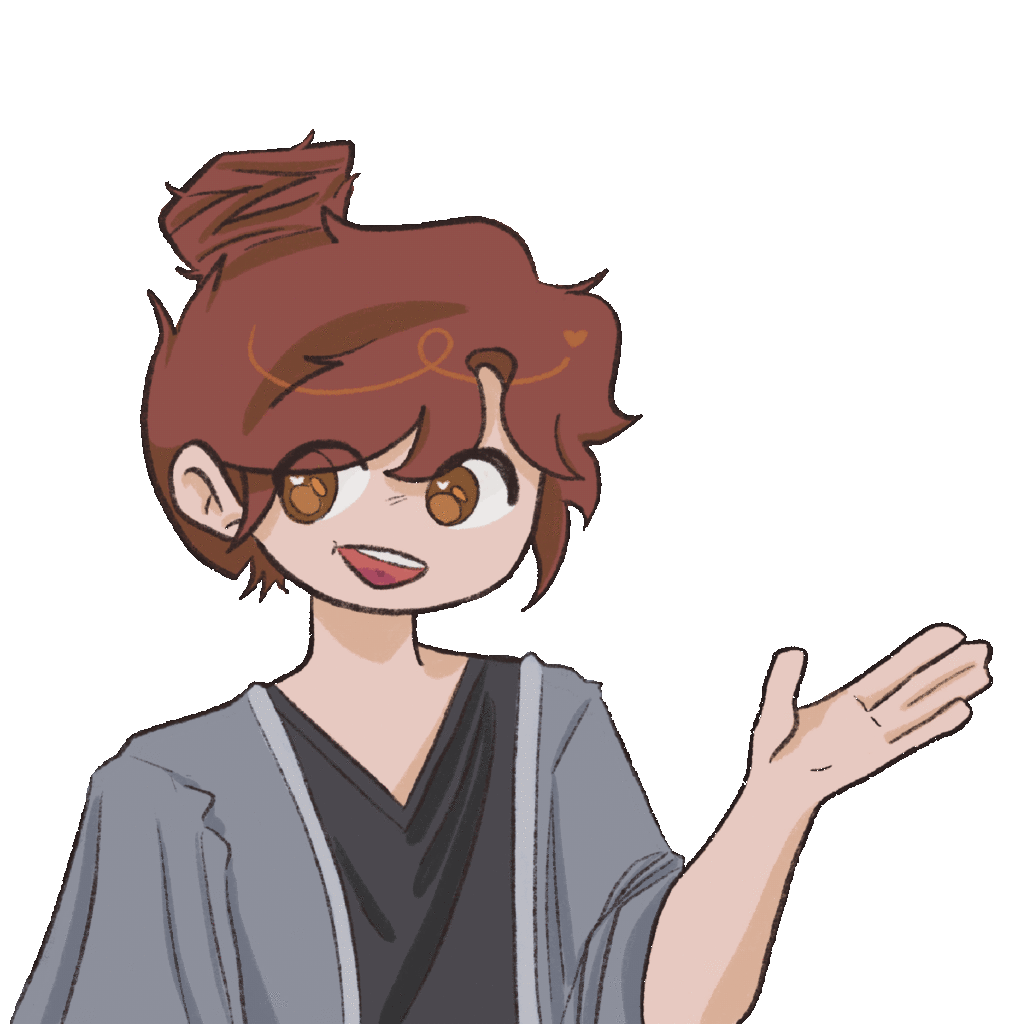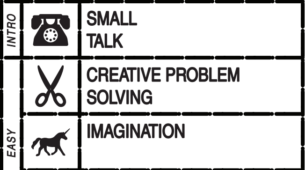
Shadow of the Tomb Raider is a story-driven, exploration-heavy, action-adventure, single-player game developed by Eidos Montréal and produced by Square Enix for mature audiences on PC and console. Since I’ve played Uncharted before, I already knew how this game would go. The third-person camera, climbing sequences, cinematic cutscenes, and environmental puzzles all felt familiar. But what made Shadow of the Tomb Raider stand out was how it handled its main character, Lara Croft. While the gameplay structure is similar to Uncharted, the way it frames Lara makes it feel very different. To play this game through a feminist lens, I had to pay attention to how femininity, power, and agency show up in her actions, her design, and how other characters interact with her.
Lara Croft has always been a famous figure in gaming, but not always for the right reasons. In her early days, she was known more for how she looked than forwhat she did. Old versions of the character often felt like they were made for male players. Tight clothing, unrealistic proportions, and marketing that highlighted her appearance instead of her intelligence or strength. This game’s version of Lara feels more grounded and serious, but some traces of that earlier design still exist. She is still conventionally attractive, and the game also focuses a lot on how much pain and trauma she goes through. It feels like she needs to suffer in order to be taken seriously as a hero. As Chess writes in “Play Like a Feminist,” characters shouldn’t have to endure trauma just to prove they’re strong. Yet in the opening minutes of this game, Lara is bruised, bloodied, and haunted by her mistakes, with the first sequence being a failed tomb raid.
Even so, there are things this game does well that push against typical gender roles. One of the first big events involves Lara taking a knife from an ancient tomb, which causes a flood that ends up killing people in the nearby town. This mistake weighs on her immediately, but she doesn’t shrug it off, she pauses, breathes, and you can see the guilt sink in. These quiet moments give her depth, letting her feel something other than pride or triumph. It’s part of what Chess calls “narrative middles,” which are stories that don’t just focus on one big climax but instead follow emotional ups and downs. It makes the experience less about leveling up and more about thinking through the cost of your actions through the story.
The game also gives players a decent amount of control, allowing you to choose how to approach combat situations, which paths to explore, and when to slow down and take in the view. There is a good amount of choice in this game, but the structure still leans on violence often. Combat is one of the main ways to progress the story, and many of Lara’s heroic moments are tied to fighting. I found myself wondering what it would look like if she didn’t have to kill her way through every obstacle, but then again, that is the point of the game. What if the game offered more tools for empathy, negotiation, or nonviolent problem-solving? Would it still be fun?
When I compare this game to others that explore feminist ideas more directly, like Life is Strange or Florence, Shadow of the Tomb Raider still feels tied to the expectations of its genre, similar to the Horizon series. It gives us a woman lead who doesn’t need a love story or a male character to define her, which is progress. Lara is smart, driven, and focused, but her traits are still shaped by what we usually expect from male action heroes. She’s stoic, hardened, and mostly alone, leaving me to wish her strength could come from something other than pain or isolation.
Playing this game with a feminist mindset led me to notice both the improvements and the places where it still falls short. The Tomb Raider series has come a long way since it’s origins, Lara is no longer the pixelated fantasy she once was, and the story makes real attempts to give her complexity and emotional weight. But, it also keeps relying on the same tools that have always defined this genre. If future games push further, and really commit to telling stories through a more feminist lens, then Lara Croft could become more than just a reworked icon.


